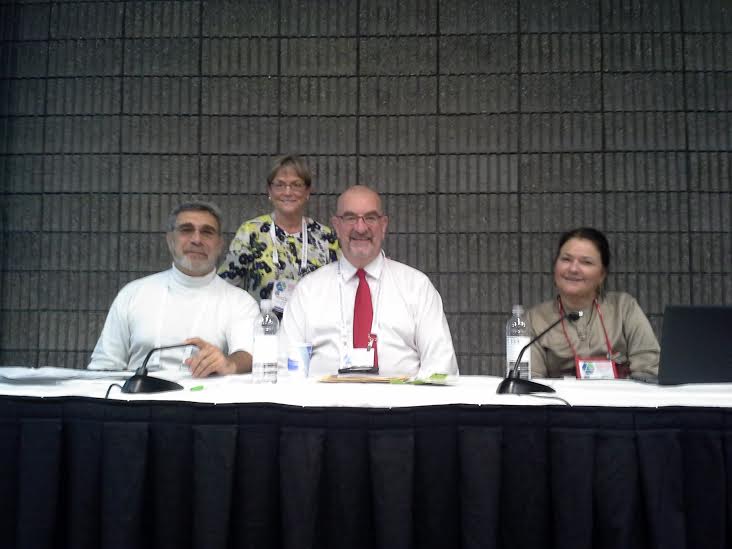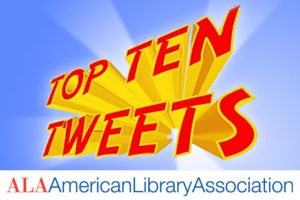
“You may still have the wonderful, older volunteers who want to do the book sales,” acknowledges Susan J. Schmidt, president of United for Libraries, “but as [your library] changes, we’re going to have to help them adapt.”
Schmidt kicked off her 2017 Midwinter Meeting & Exhibits session, “Building the Future: Public Libraries and Their Trustees Making Future Policy Decisions Together,” in Atlanta on Sunday by painting a picture of the challenges directors, trustees, and Friends groups are up against. Panelists then presented tactics for ways these groups can leverage their relationships, to keep the library technologically competitive and financially sound.
Fred Stielow, a trustee at Anne Arundel County (Md.) Library System and a retired scholar who has worked as a university library dean, library director and professor, presented a paper that described how libraries historically came to be, and how the postmodern library is “no longer confined to space.”
Stielow also listed some areas where trustees can step in and help their directors, such as licensing and contracts (“directors should lead, but we’re invested as trustees with fiduciary responsibilities—contracts should be negotiated”), computer security, intellectual freedom and privacy challenges, fair use, and right of sale.
While trustees can help libraries show their value, Stielow says, he warns that the board cannot let metrics encourage micromanaging. “Technology is not the lead—it is a factor in your planning,” he says.
Peter Pearson, principal consultant at Library Strategies and retired former president of The Friends of the St. Paul (Minn.) Library, focused his talk on the importance of fundraising. Libraries, he says, have to think about place-based issues such as safety and security, redesign and renovation, makerspaces and business centers, and the need to acquire and house print materials.
“How should a library look at all demands from the community?” Pearson asks. “Strong, stable funding.” He highlighted six ways to enable this funding: outstanding customer service (“when people have these amazing experiences, you create advocates”), getting library staff out into the community, a great marketing and communications program (“we need to take a lesson from business”), a library director with vision, dedicated and accountable trustees, and a strong Friends foundation that will act as the library’s champion and raise funds.
Pearson also dispelled myths of what raising funds is and isn’t. “Fundraising is thanking, nurturing, and asking money maybe 5% of the time.” It’s also time to acknowledge, he says, that lay citizens might do a better job at fundraising. “Friends members have an easy time approaching individuals and organizations,” says Pearson.
Sally Gardner Reed, executive director of United for Libraries, confessed that her own views on fundraising have evolved, and that we should more seriously be considering the library’s importance and financial future in this “era of fake news.”
“I used to comment, ‘As soon as the police department does a bake sale, we’ll do some fundraising,’” says Reed. “[But] I totally fell in love with fundraising,” she says. “I love the nurturing part of it.”
Reed’s spoke to how directors and trustees can better work together. Directors need to communicate trends and changing demographics to the board, she says, and trustees need to accept that we’re currently in a climate that may not be friendly to libraries—or else step back from the role.
During the Q&A period, Claudia Bellony-Atanga, president of the trustee board at Charles County (Md.) Public Library, asked how directors and trustees can assemble more diverse boards, including Millennials and people of color.
“The largest cohort of volunteers are Millennials,” says Reed. “They want to hit and make an impact.” She suggested encouraging younger people to become board members by eliminating “talking head meetings” in favor of “action meetings,” where trends and the future are discussed.
“If they feel they can’t make an impact, they’ll go somewhere else,” says Reed.


